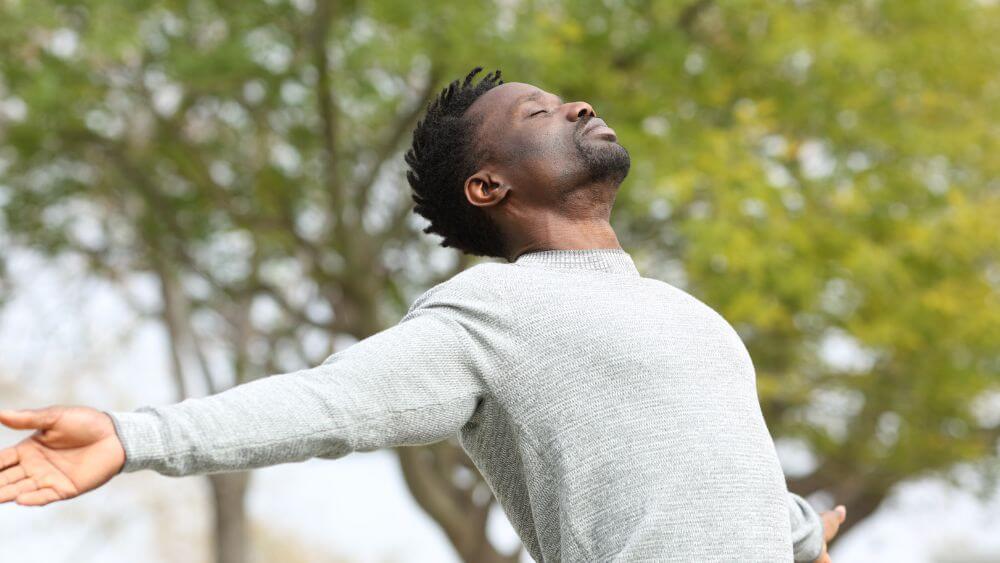April 16, 2024
Article by Steven Leonard – from The Radiance Sutras School of Meditation - 200 Hour Teacher Training
- Trust the intelligence of life
- Understand through experience
- Communicate core principles
- Learn from your students
- Adapt the teachings
Trust The Intelligence of Life
- Trust that meditation is a natural, instinctive process.
- Trust that all life is made out of intelligent, benevolent energy.
- Trust this intelligent energy to guide your learning.
- Trust your desires, rhythms, emotions, sensations, and instincts.
- Trust this intelligent energy to enliven and restore you, and support you to be at best in your life.
Understand Through Experience
- Immerse yourself in your own meditation process.
- Follow your own currents of desire.
- Be intimate with who and what you care about.
- Dare to feel the full spectrum of experience.
- Protect yourself and your sovereignty.
Communicate Core Principles
- Be familiar with the core principles of Instinctive Meditation.
- Be ready to answer the most common questions about meditation.
- Offer solutions to overcome most common obstacles in meditation.
- Balance information and experience. Let the student practice a skill or principle through meditation.
- Be intentional with language. Use words and phrases that highlight freedom, permission, naturalness, connection, intimacy, adventure, individuality, and self-trust.
Learn From Your Students
- Have a welcoming, open attitude towards your student. Meet them where they are.
- Be curious about your student’s experiences, desires and natural doorways to meditation.
- Guide with love and appreciation of who your students are.
- Allow your student’s intelligent energy to guide the process.
- Ask dynamic questions. Help the student recognize spontaneous moments of meditative awareness. “When have you felt at home, alive, in awe?”. Go on a journey of discovery with them.
Adapt the Teachings
- Recognize the unique desires, experiences and challenges of your student.
- Create a context they can understand. Consider experiences they are already familiar with (music, business, parenting, athletics, etc.) and develop analogies for meditation.
- Offer information in appropriate doses. Be aware of the student’s pace of learning and ability to integrate ideas.
- Sense your student’s learning style. Do they learn best through conversation, listening, seeing, embodying?
- Be ready to improvise with what the student is telling you, showing you and asking you moment by moment. Be ready to shift the plan if the student is needing something different.






